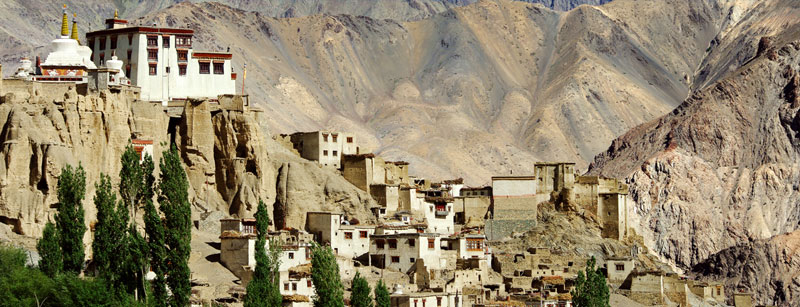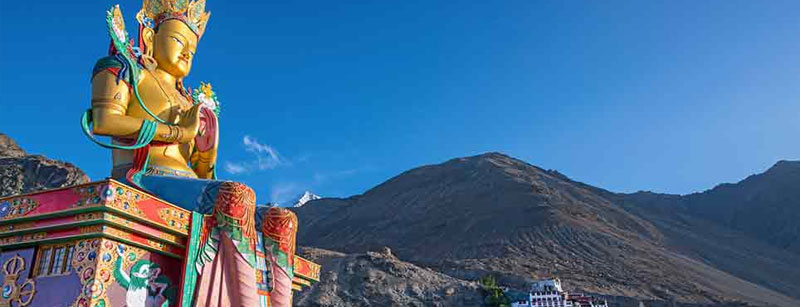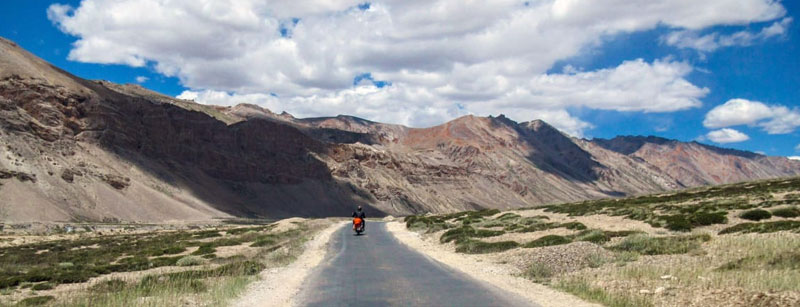About Ladakh
Searching for a comfortable and the best economy hotel in Leh, Ladakh? Reenam Hotel would suit you the best in terms of quality and reasonable price. We provide best-in-class services at the most competitive prices without compromising on quality.
Reenam Hotel offers guests accommodation in clean and comfortable rooms that are affordable yet classy. These rooms are modern and all encompassing, with all the basic amenities at your disposal. You have rich opportunities to make beautiful memories in the beauty of the surrounding territories without going bankrupt.
We assure our guests a great stay and timely service with a staff that is efficient and courteous and is always waiting for a command to serve you. From basic travel to special restaurants to local tours, we endeavor to facilitate your stay in Ladakh Leh in the most pleasant way possible. Eat well with a variety of local and international foods at the restaurant, which offers affordable meals that are well-prepared using quality and fresh local produce.
So, come and discover the best budget hotel in Ladakh with us to uncover a journey of a lifetime. Book your rooms today to secure the best opportunity to make your trip to Ladakh-Leh, the best of all.




